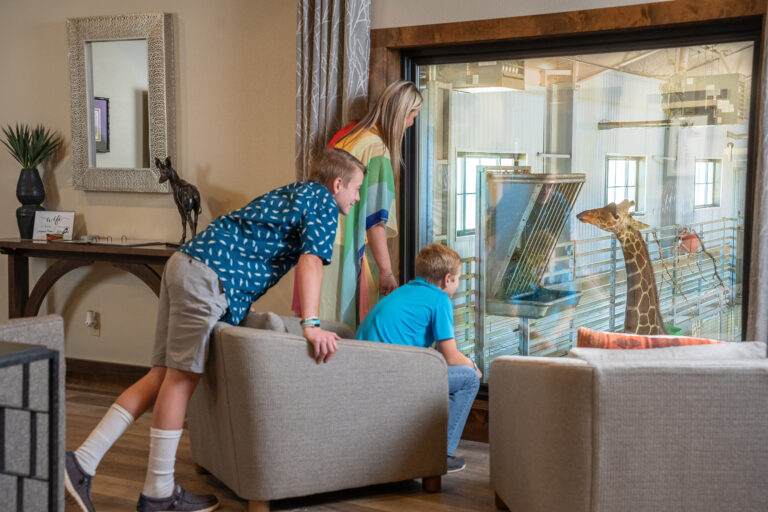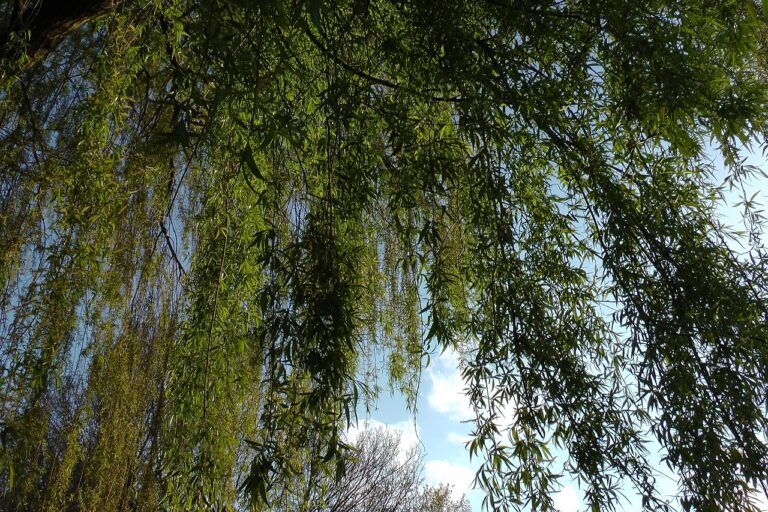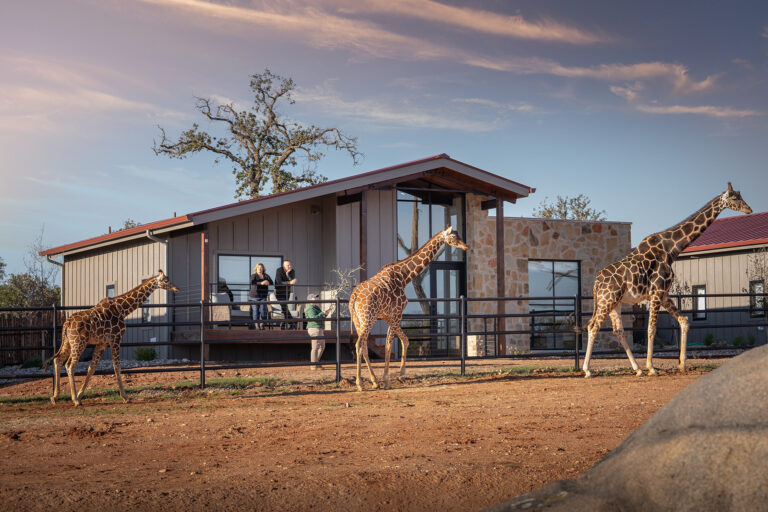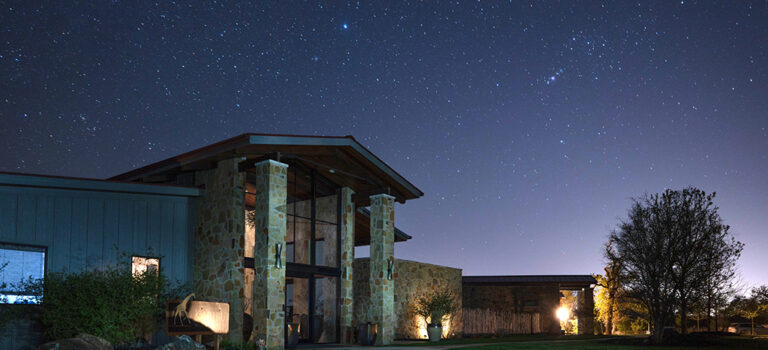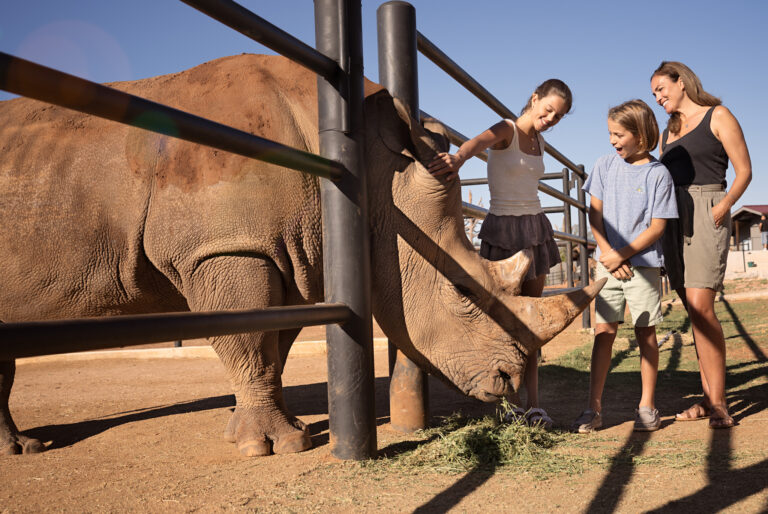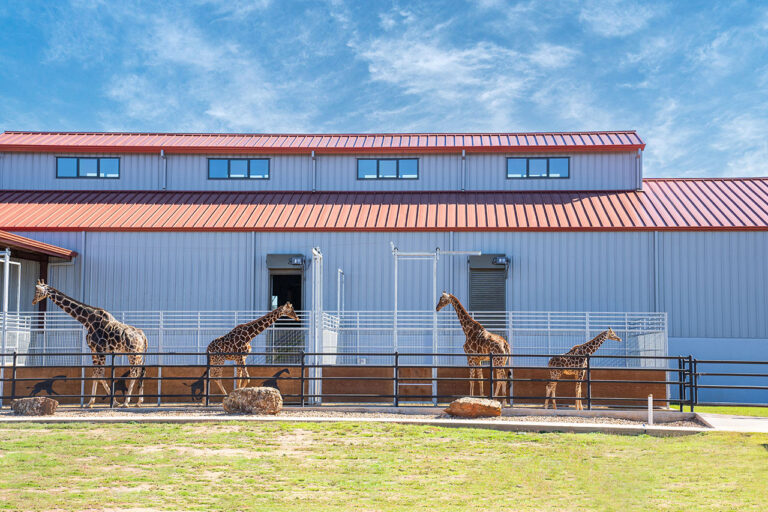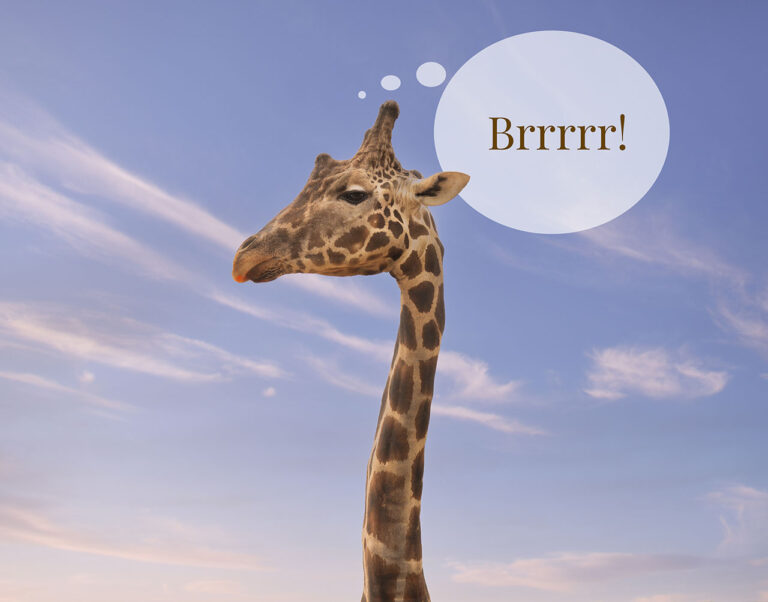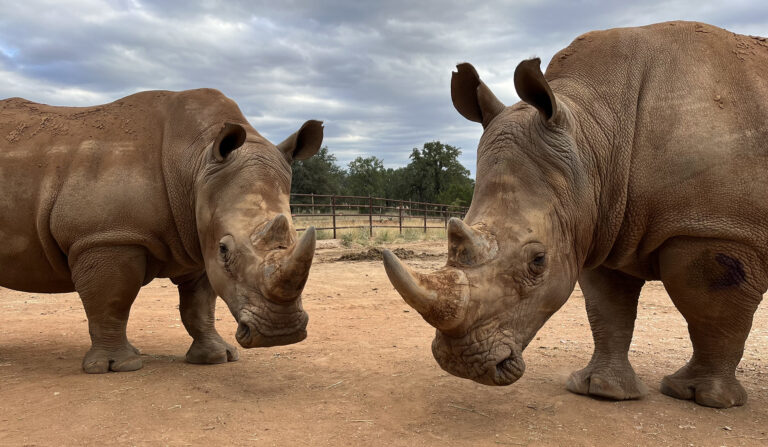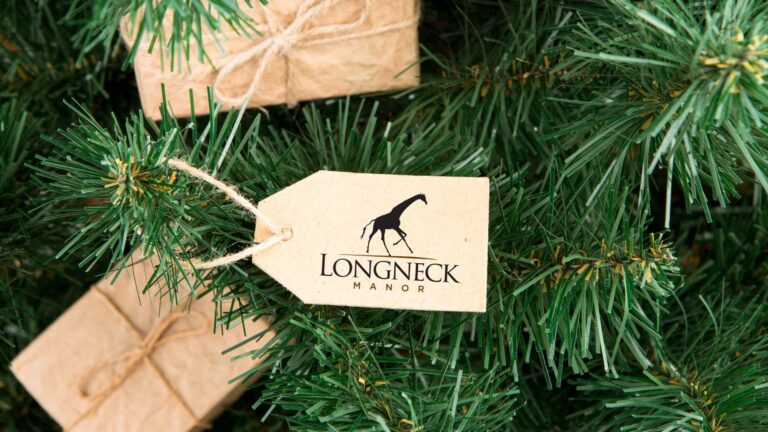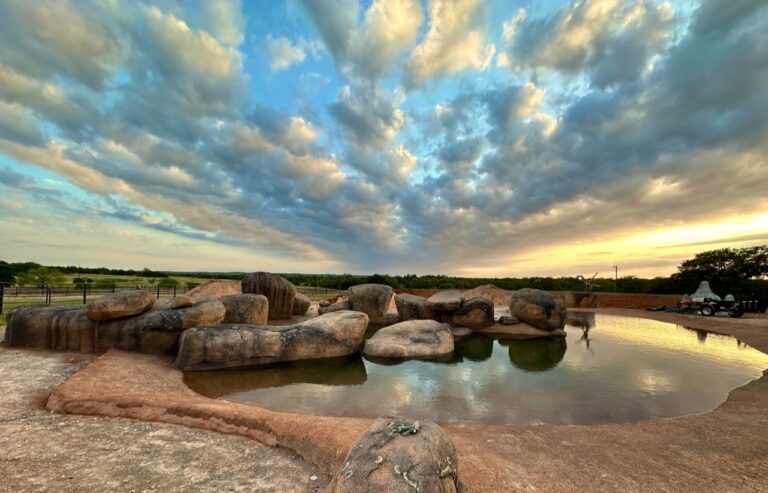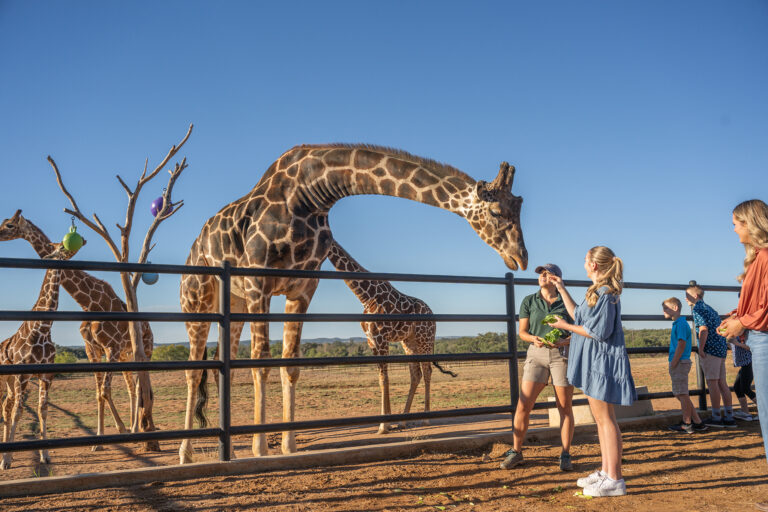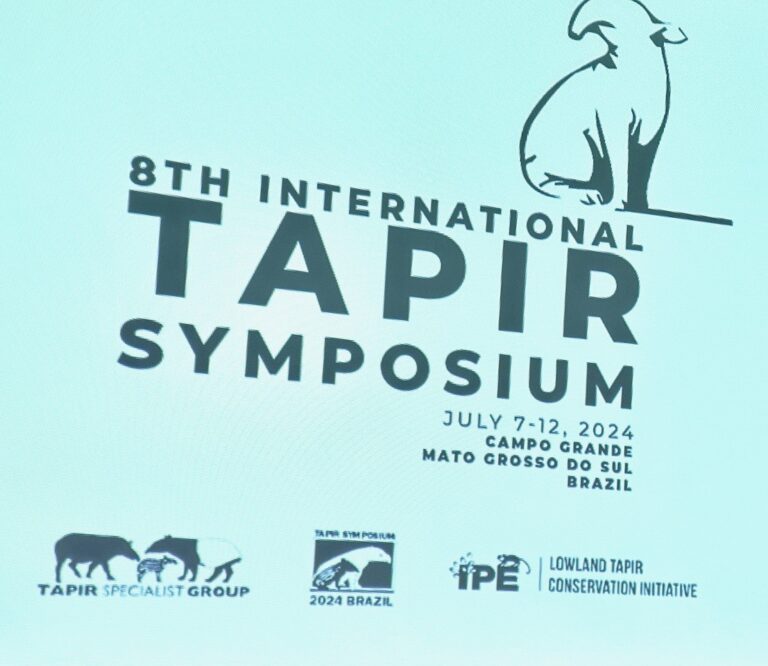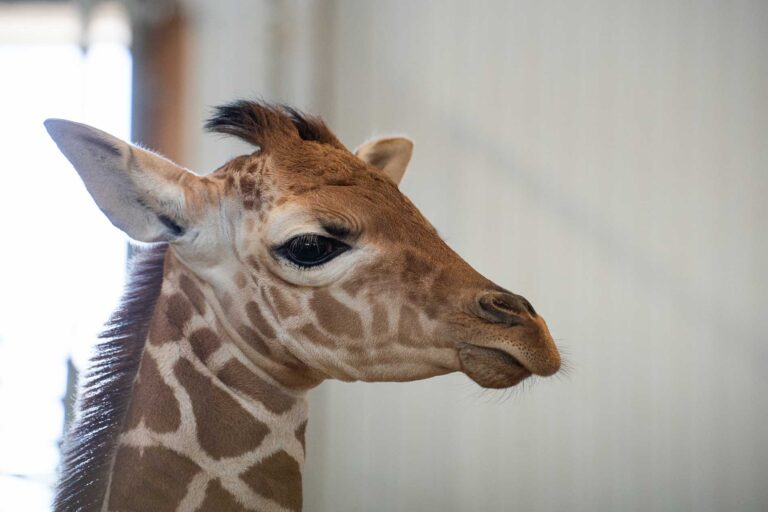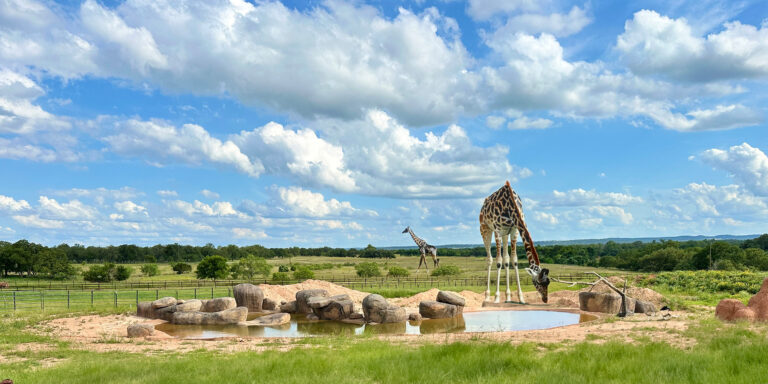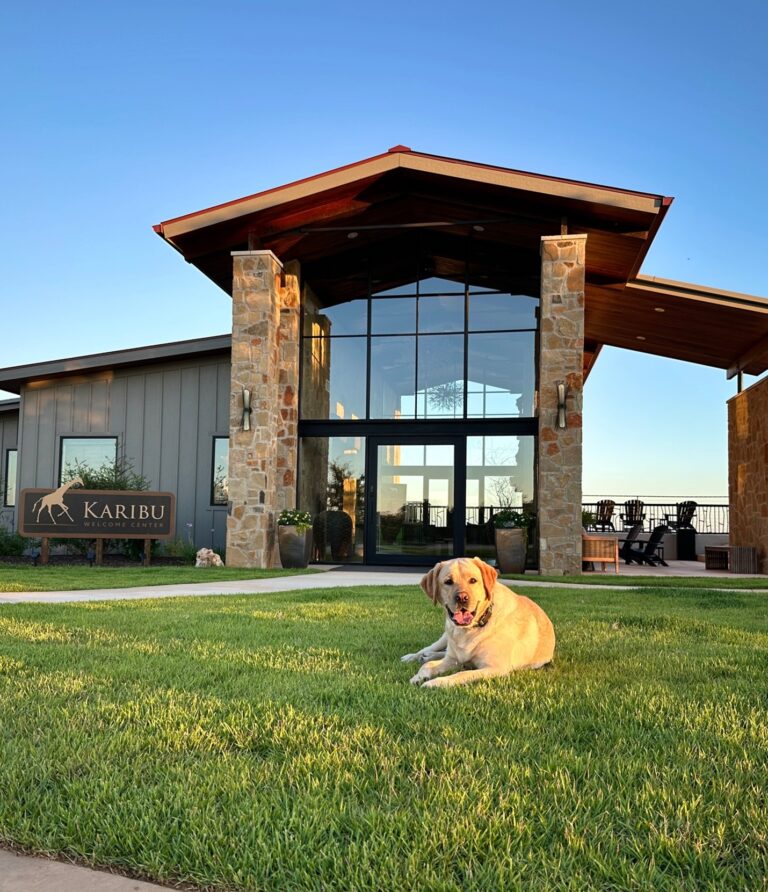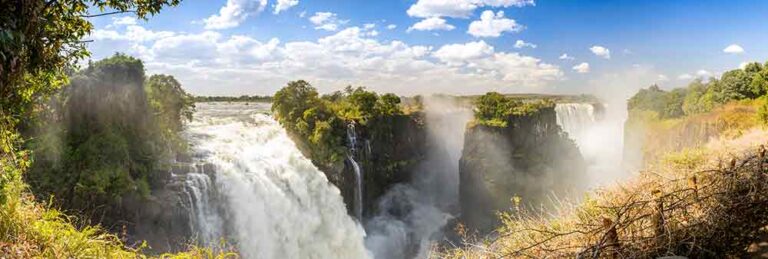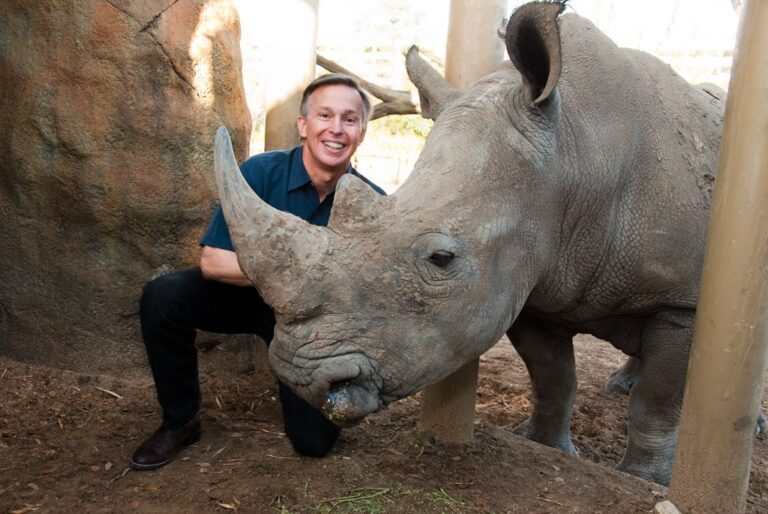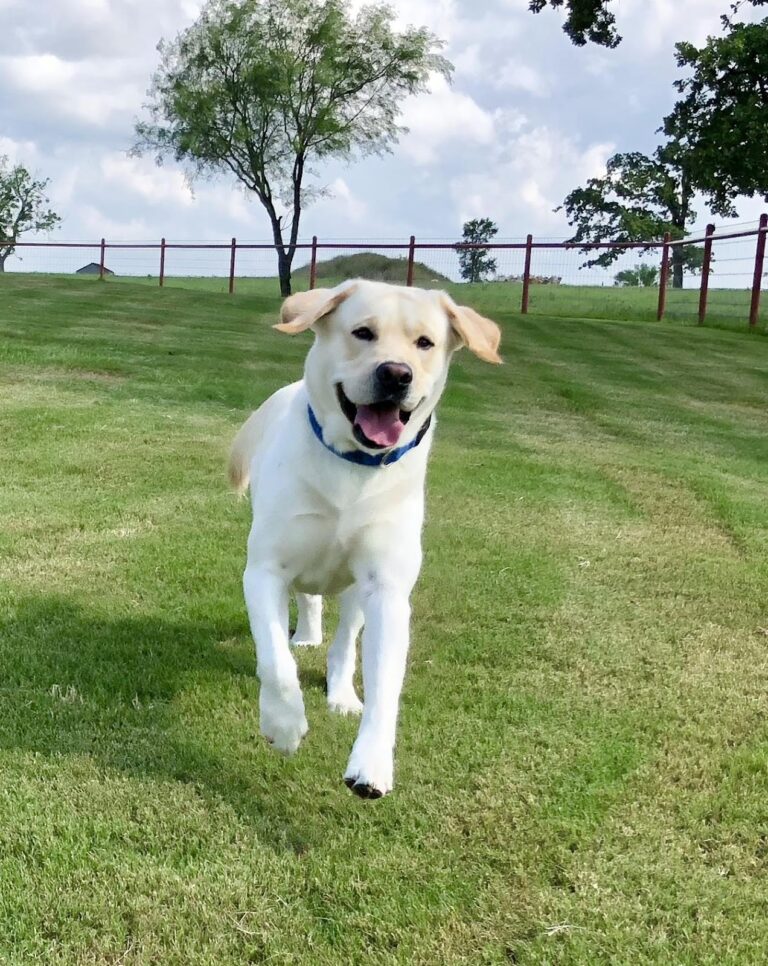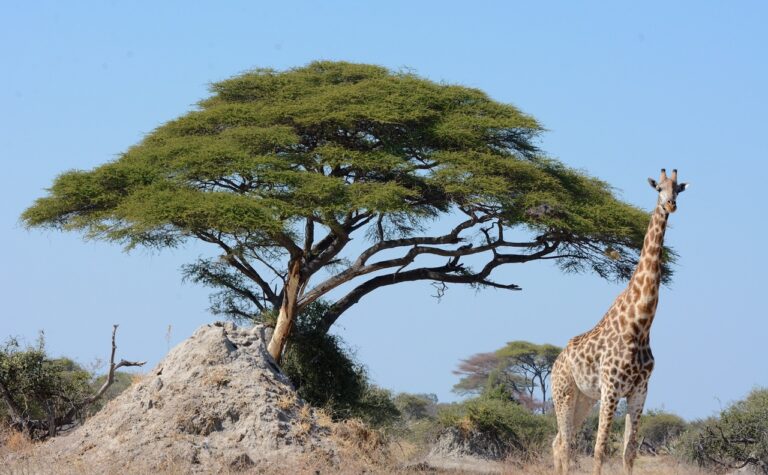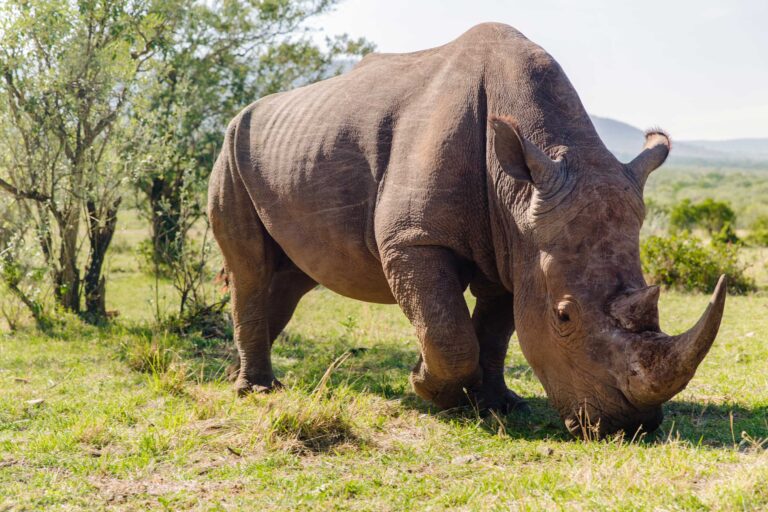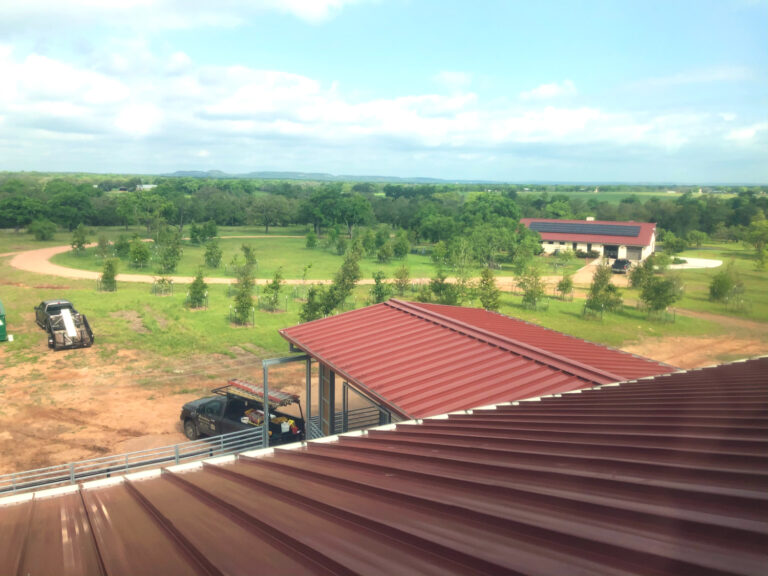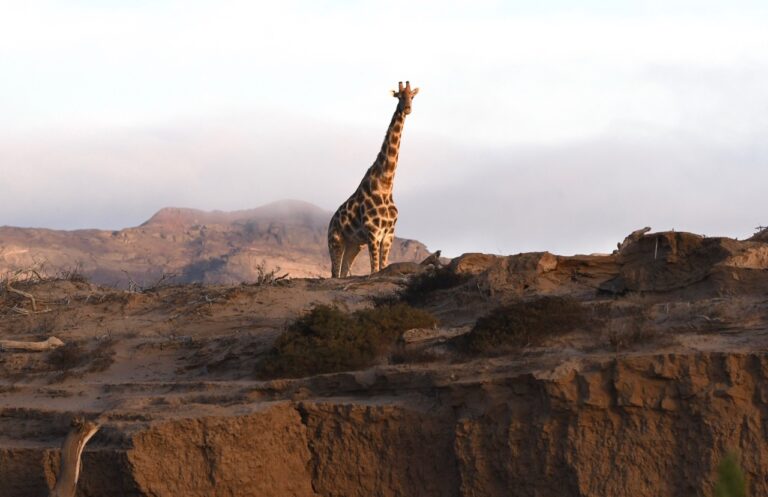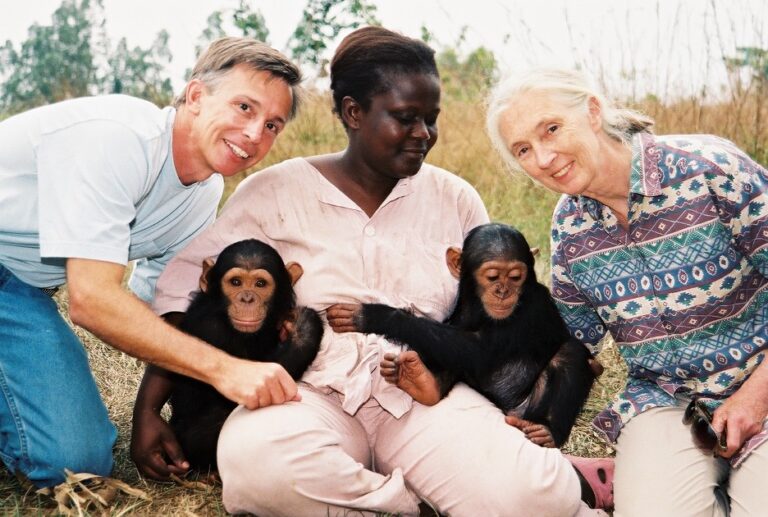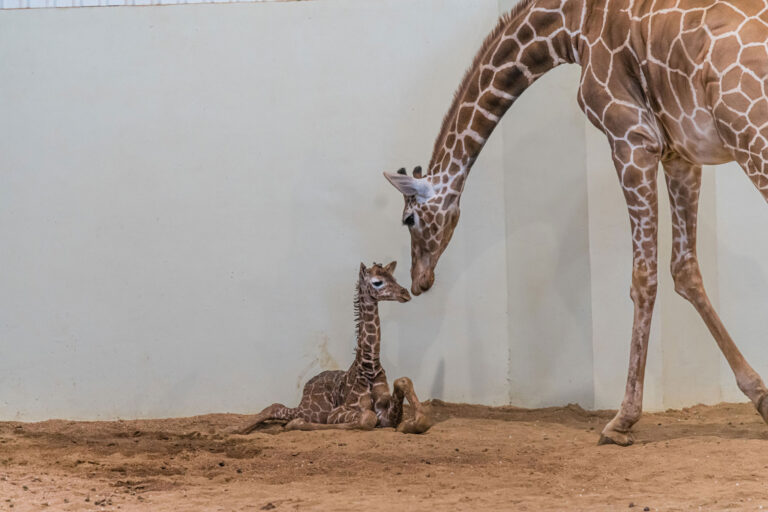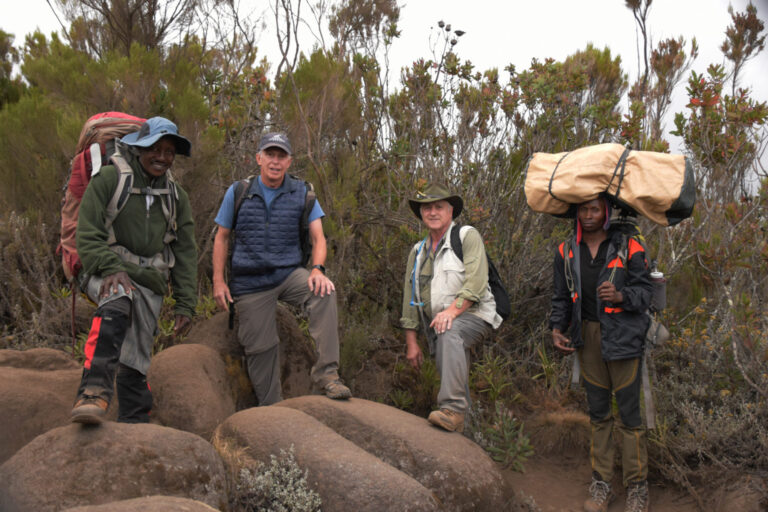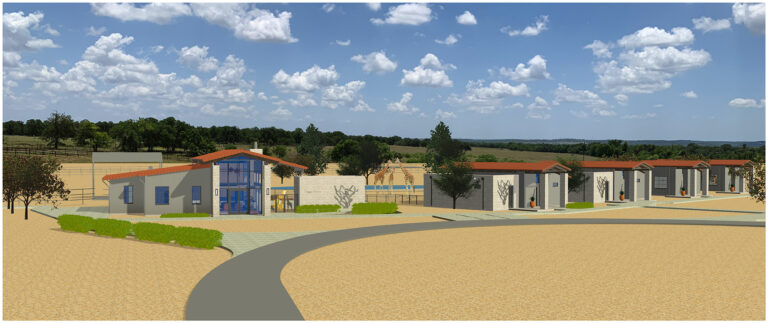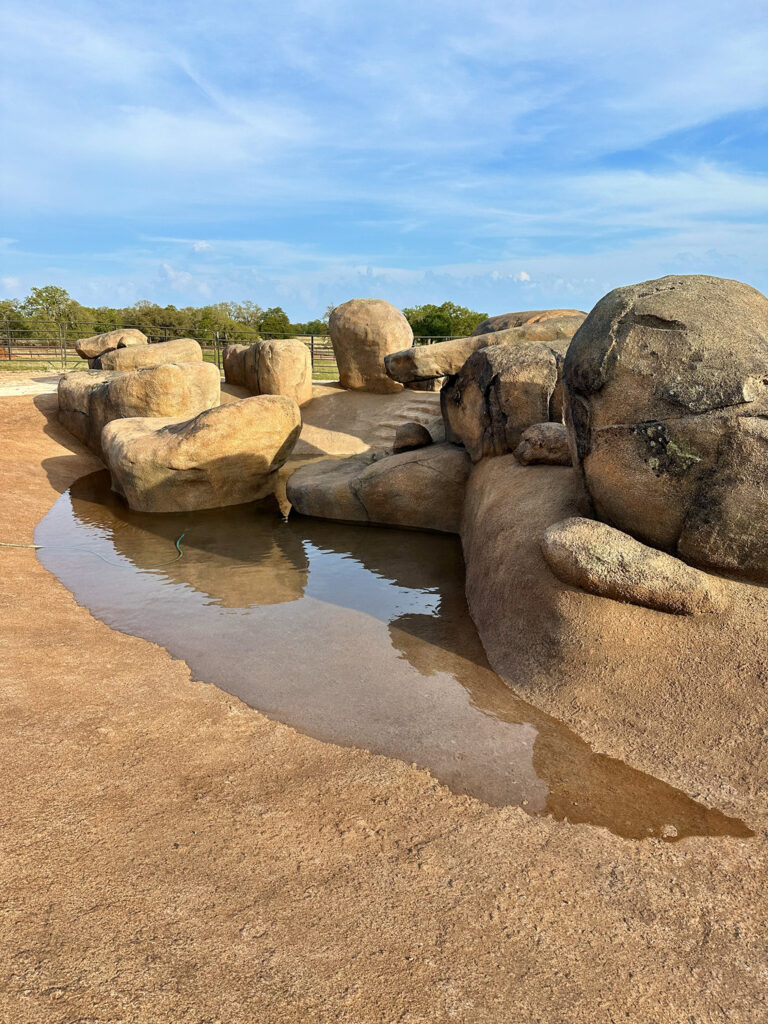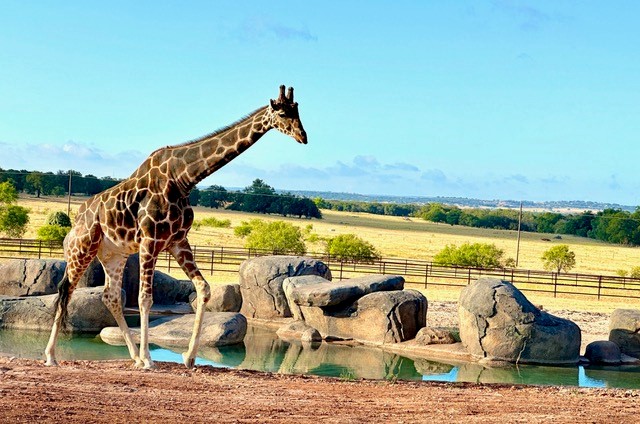Barongi Blog
Longneck Manor Giraffe Suite: 10 Cool Things to Know
If you’re looking for cool places to stay in Fredericksburg, Texas, this is it. The Longneck Manor Giraffe Suite combines
A “Wow” Giraffe Experience with Kids
🦒 A giraffe experience with kids can be a wild adventure for the whole family Looking for a family-friendly experience
Feed Giraffes! Join Longneck Manor’s Browse Donation Program in Fredericksburg, Texas
At Longneck Manor, located in the heart of Fredericksburg, Texas, our giraffes—affectionately known as our Tower—rely on a specialized and
“The” Luxury Animal Experience in Texas
Discover the Wildlife Hotel in the Texas Hill Country Looking for a truly unforgettable animal experience in Texas? Longneck Manor
Texas’ Dark Skies at Longneck Manor
✨ Experience the Dark Skies of Fredericksburg 🌌 When the sun sets over the rolling hills of the Texas Hill
Embracing Free Will With Animals
We use A Compassionate Approach to Animal Care at Longneck Manor At Longneck Manor, an AZA-accredited conservation destination in Fredericksburg,
Sustainable Tourism in the Texas Hill Country
Longneck Manor: Luxury travel with ecotourism in mind. As the world becomes increasingly connected and travel more accessible, the impact
Do Giraffes Like Cold Weather?
Short answer — no. But we take good care of them. At Longneck Manor in Fredericksburg, Texas, we are committed
Thank You for an Incredible Year at Longneck Manor
Together, We’ve Made a World of Difference As 2024 comes to a close, we’re filled with gratitude for your incredible
Give Back to Wildlife This Holiday Season with Longneck Manor
As the year winds down, it’s the perfect time to reflect on what truly matters—and for us at Longneck Manor,
Wildly in Love: Chris and Priya Tie the Knot at Longneck Manor!
This past weekend marked a beautiful “first” for Longneck Manor as we hosted our very first wedding celebration! Chris and
Give the Gift of Enrichment! Our Amazon Wishlist is Here 🎁
It’s that time of year again—holiday season is around the corner, and so is the perfect opportunity to spread some
National Pumpkin Day at Longneck Manor
At Longneck Manor, we believe every day is a chance to enrich the lives of our animals, and National Pumpkin
Longneck Manor Mourns the Loss of Giraffe Calf
After two successful giraffe births since Longneck Manor opened three years ago, we are saddened to share Tana’s newborn calf
Longneck Manor Earns Prestigious AZA Accreditation
Fredericksburg, TX (September 18, 2024) – Longneck Manor, home to one-of-a-kind, personal encounters with giraffes and rhinos, is proud to
Longneck Manor Named to Forbes’ Top Wildlife Hotels List!
We are beyond thrilled to announce that Longneck Manor has been featured in Forbes as one of the top wildlife
Indy Three-Week Update
Indy is growing up so fast and we’ve captured his latest milestones in a brand-new video!
Rick Barongi Presents Lifetime Achievement Award at Tapir Symposium
Longneck Manor founder, Rick Barongi, recently attended the International Tapir Symposium held in Campo Grande, Brazil. During this event, Rick
Red, White, and New! Longneck Manor Celebrates the Birth of Baby Boy Giraffe During Holiday Week
This fourth of July Baby, Indy, is named for Independence Day After a 15-month wait, we are delighted to welcome
Longneck Manor Wins Tripadvisor Travelers’ Choice award 2024
Longneck Manor Recognized as a Traveler-Favorite July 3 , 2024 – Longneck Manor is pleased to announce today that it
Drifter and Boone – Ambassadors First Class
Everyone comes to Longneck Manor to meet our incredible giraffes and white rhinos. We also have a very laid-back two-toed
Experience the Ultimate Luxury Safari in Africa with Rick
Don't miss this opportunity to experience the best that Africa has to offer. Join us on this exclusive safari and
Unless someone like you cares a whole awful lot, Nothing is going to get better, it’s not.
If you are passionate about animals (both pets and wildlife) and want to learn how to help save them in
Drifter – First Ambassador
Meet my pal Drifter, a four-year-old yellow Labrador retriever. His pedigree name is Classic Hill Country Drifter but we
My Africa – “Born Free”
Fact: I have Visited Africa Over 50 Times, but my First Trip Changed my Life Africa…. This wild and mysterious
Why I like Rhinos
Rhino Fact: There are five living species of rhinos (two African and three Asian), their combined populations in the wild being
History of Longneck Manor – A Uniquely Texas Experience
After you read some of the history and vision narratives on this website you still may be wondering how I
Longneck Manor – How and Why
After you read some of the history and vision narratives on this website you still may be wondering how I
Jane Goodall Supports Longneck Manor
I was at my desk at Disney Imagineering getting ready to return home after a long day at work when
Betty White (the Giraffe) Gives Birth to anAdorable Six-Foot-Tall Girl.
After a 15 month wait, Longneck Manor is delighted to welcome the newest addition to its precious wildlife family; a
Our 2022 Holiday Wishlist is here!
Looking to spread a little extra holiday cheer this year? Don’t forget presents for our giraffes, rhino and sloth this
Climbing Kili
by Bill Konstant Our wake-up call came at 11:00 pm on October 20th. That’s right, late that night, not the
Hear Rick on the Tomorrow Society Podcast
Recently Longneck Manor Founder, Rick Barongi was a guest on the podcast, The Tomorrow Society! In this podcast, he shares
We have BIG NEWS!
???????? We have BIG NEWS! Coming this summer, a new Welcome Center and four cottages – each with a stunning
New Rhino Waterhole Installation
New at Longneck Manor! We are adding a naturalistic African waterhole with large boulders to the four-acre giraffe and rhino
Longneck Manor in the News!
This week, we were pleased to host our friends at Fox 7 Austin for a visit to our new Villas
Longneck Manor Recognized as Recognized as Tripadvisor® 2023 Travelers’ Choice® Award Winner
Longneck Manor’s Great Traveler Reviews Earn it a Place Among Travelers’ Favorites Fredericksburg, Texas> – August 11, 2023 – Longneck
The Villas at Longneck Manor – now open for reservations!
We’ve got some exciting news to share with you all – our brand new accommodations, the Villas at Longneck Manor,
Our 2023 Amazon Wish List is here!
Our team has put together a special Amazon wish list filled with enrichment items that will bring joy and stimulation

